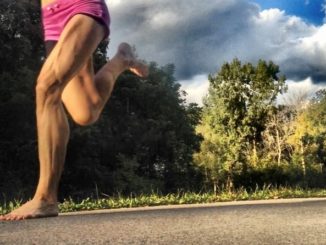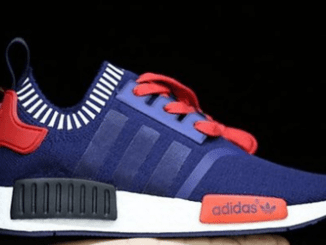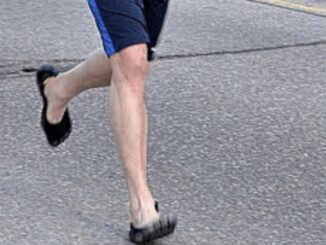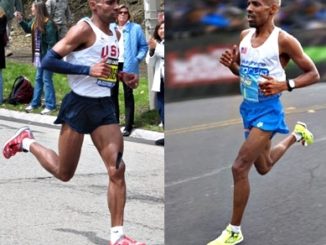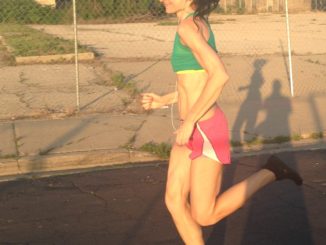
What Running Style is Best for Your Knees?
The best way to maintain healthy knees when running is to avoid heel strike running because it always accompanies a hyper-extended knee, an overly long stride and unusually long braking with the ground, which CANNOT be improved with a cushioned, motion control stability running shoe. The only proven method to protect your knees long-term is to land with a forefoot strike because it prevents hyper-knee extension at landing, an over-stride and a low cadence, all of which were consistently found to literally cure running-related knee pain and injury.

